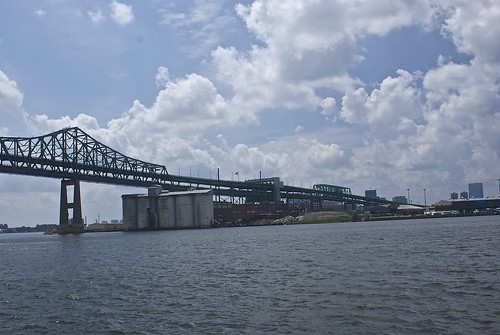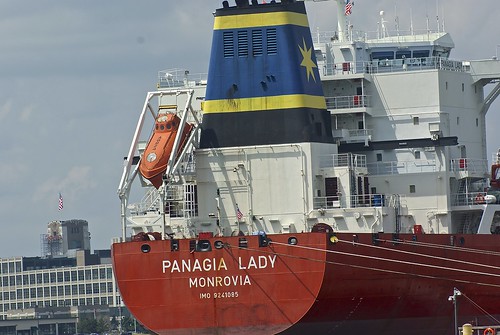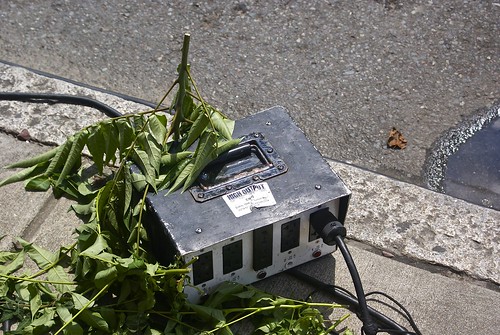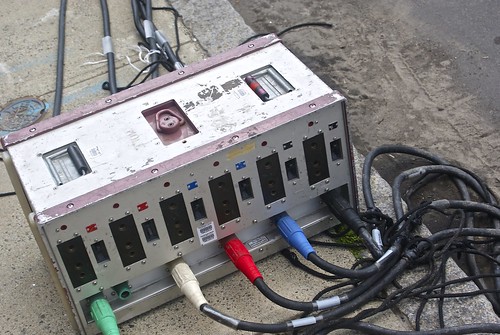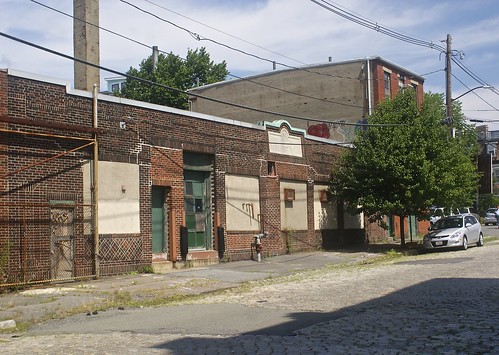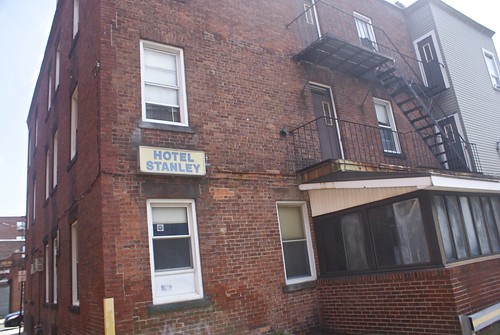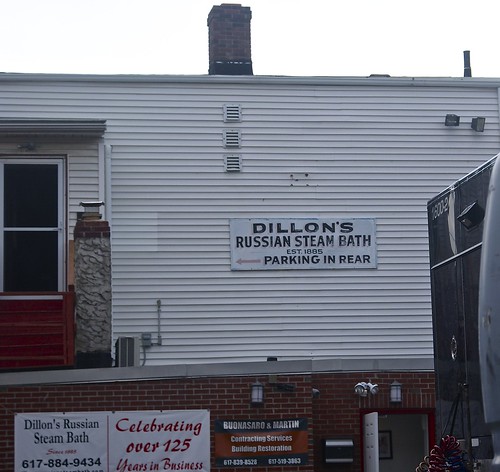From Dave Brigham:
This is the final part of a four-part series about Chelsea, Massachusetts. The first part focused on random buildings and sites around the small city just north of Boston (see September 4, 2013, "Chelsea Stroll"); the second part on its use as a movie set (see September 10, 2013, "Hollywood in Chelsea"); and the third part on the city's waterfront (see September 16, 2013, "On the (Chelsea) Waterfront").
Something about seeing the words "urban wild" on Google Maps drives me a little, well, wild.
I imagine a secret spot filled with large animals, jungle vines and patches of graffiti. Usually, upon closer examination, the spot turns out to be just a small patch of woods tucked between tall buildings or office parks.
Turns out, the city of Boston has quite a program dedicated to protecting, managing and developing such areas. Here's how the city describes urban wilds on its web site:
"Although almost all significant portions of [meadows, marshes and streams] have been lost due to extensive human-induced manipulation of land and water, remnants of these original ecosystems - urban wilds - still dot the landscape and provide brief glimpses of the natural world. They harbor native plants and animals and perform a wealth of ecological services, such as storing floodwater, producing oxygen, and filtering stormwater run-off. They offer refuge from hectic city streets and serve as outdoor classrooms for children and adults learning about nature."
I recently checked out the Condor Street Urban Wild in Chelsea, which is just over the border from East Boston. According to the Boston Natural Areas Network web site, the Chelsea spot was formerly a storage and cleaning facility for a local sand and gravel company.
The City of Boston acquired the site in 1980, and fenced it off for 20 years due to the presence of numerous hazardous chemicals in the soil. After years of coordinated cleanup, the urban wild opened in 2003. Read more about the process here.
I was impressed with the site. Here's the view from the top of a small hill, looking across some beautiful stones and a graceful wrought iron fence (where sea birds gather), toward the mangy shores of the Chelsea River.
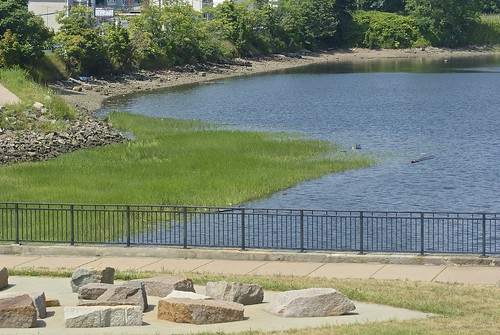
Here's a bench with the ever-present Tobin Bridge in the background.
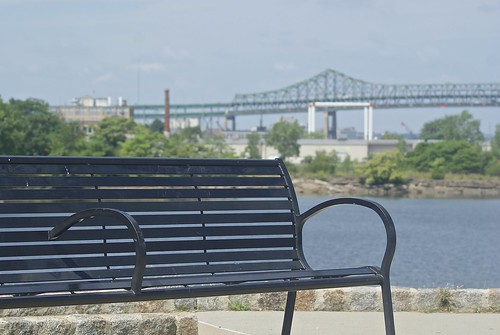
Just out of sight from this photo is a fenced-off spot that, based on my interpretation from Google Maps, looks like it once housed a small oil tank farm. There are huge, indented circled in the ground. I hope that the city and local groups clean that site up next.
Speaking of tank farms, here's another view from the top of the urban wild:
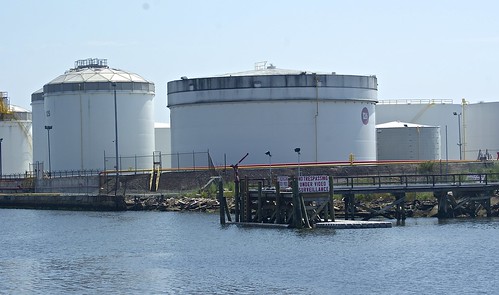
Off to the north you get a view of, naturally, the Tobin Bridge, some piers and cranes, and a massive covered supply of what I believe is sand.
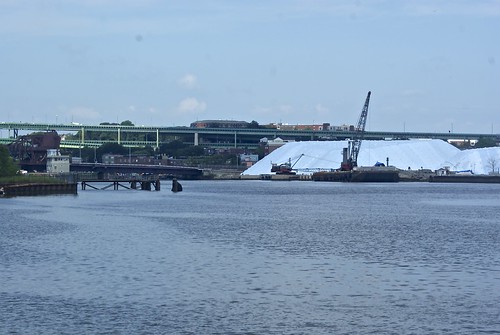
I plan to check out some of the city's other urban wild spots in the future.
